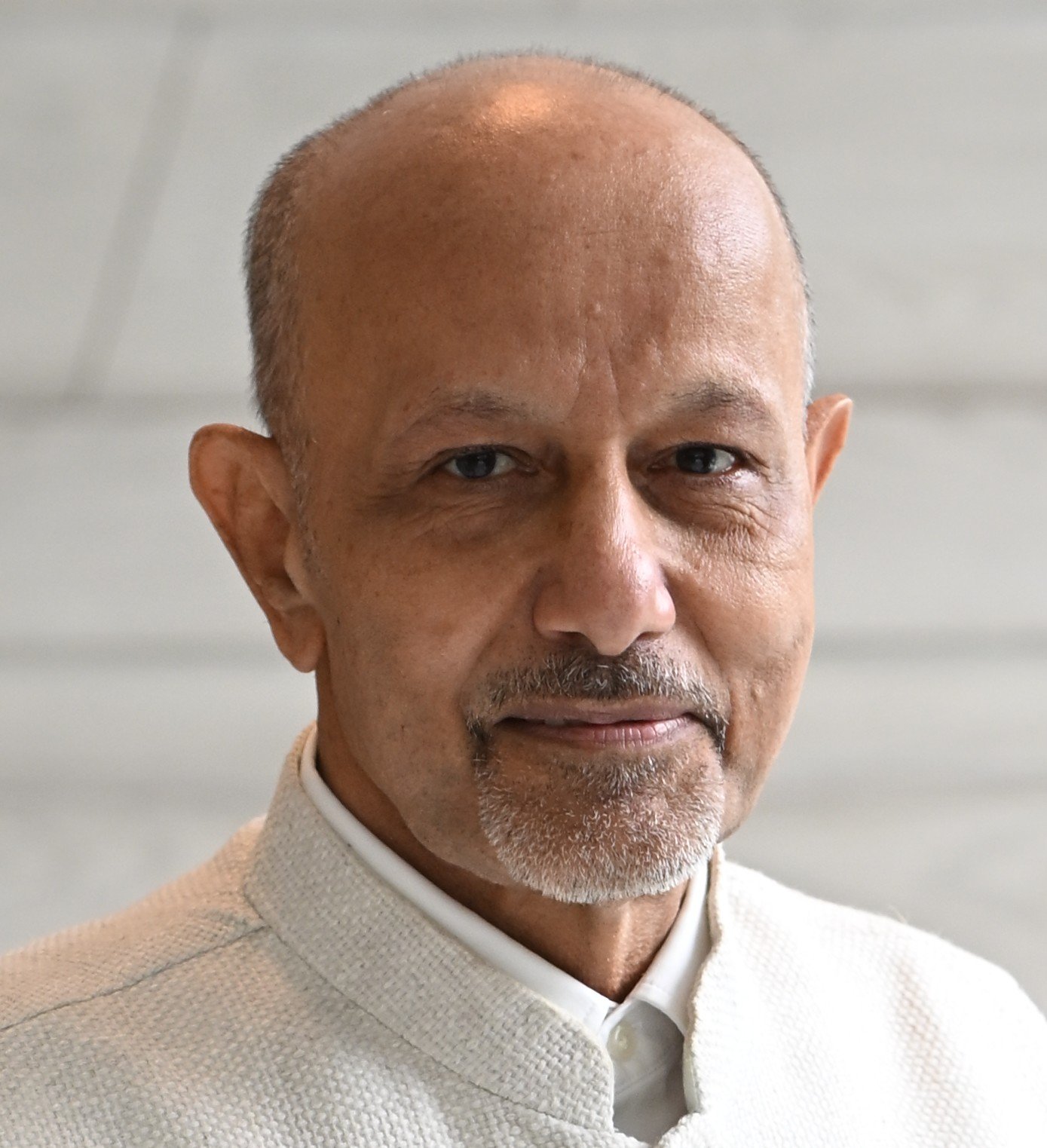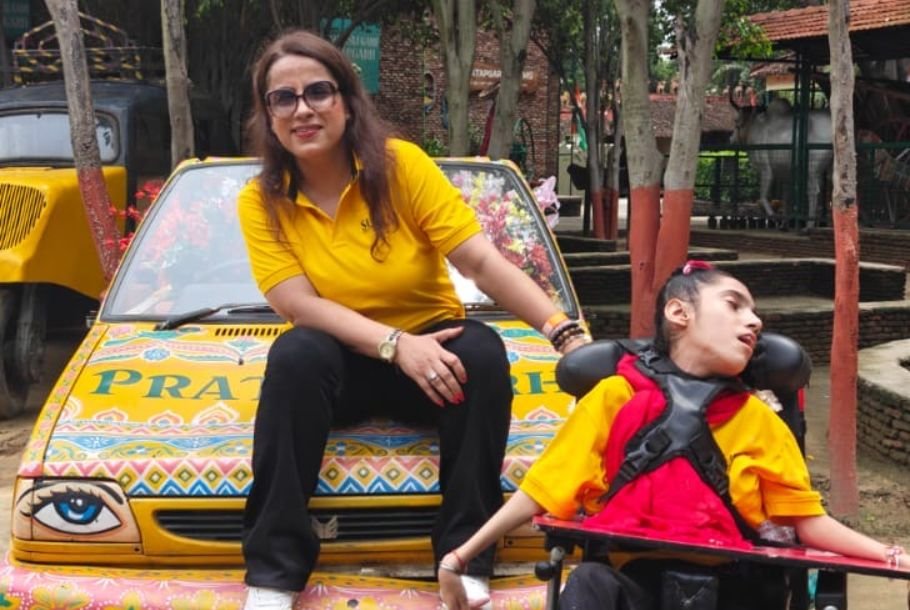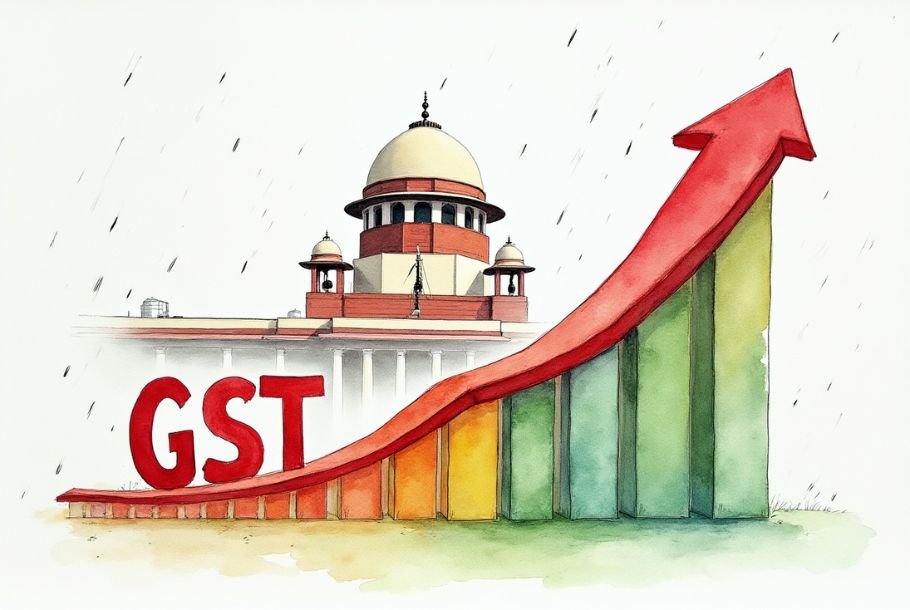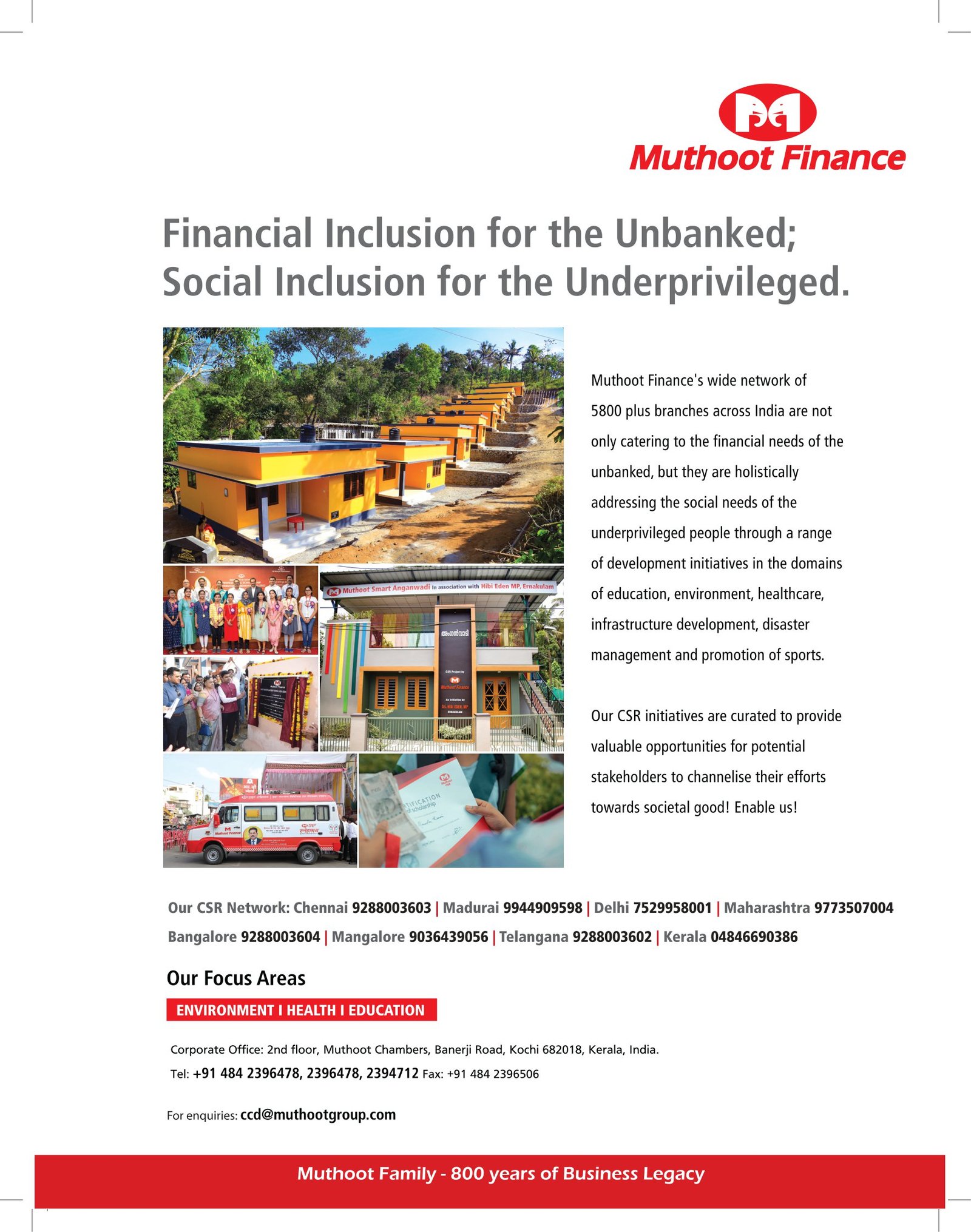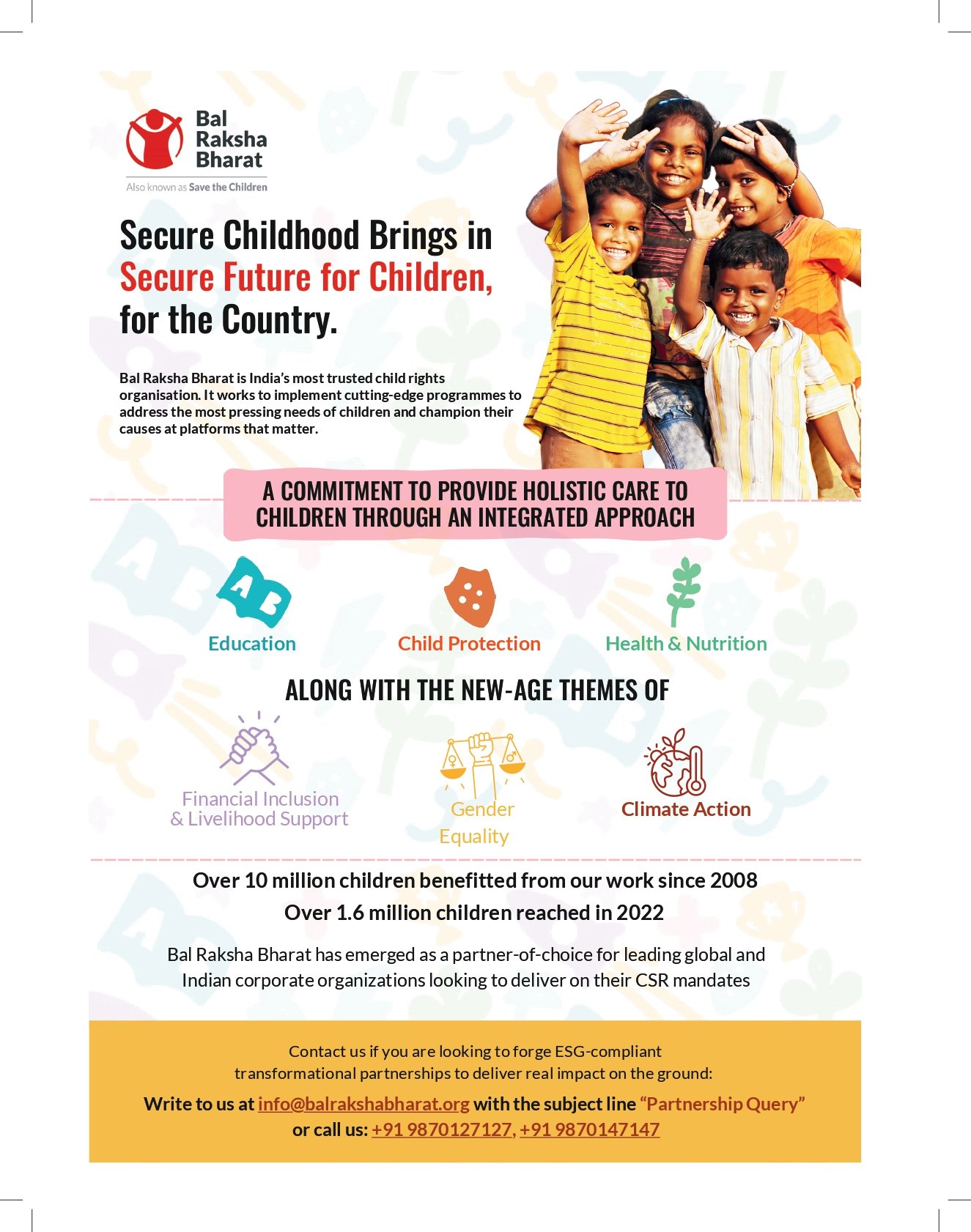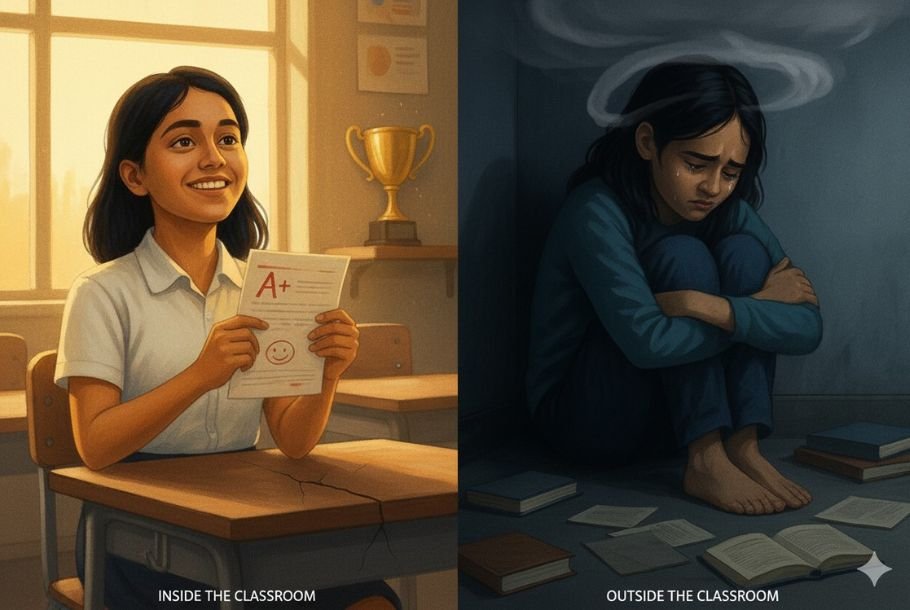
Introduction: Beyond Marks and Classrooms
Education in India has long been seen as the gateway to opportunity, mobility, and nation-building. Yet today, even as access expands, an invisible crisis shadows our schools and colleges—the mental health of students. The World Health Organization notes that one in seven adolescents suffers from a mental health disorder. NCRB data links academic stress with thousands of student suicides every year.
This crisis is not confined to the classroom—it extends into homes, hostels, and the virtual worlds of social media. It is not just a personal issue—it is a systemic challenge with societal consequences. And it is here that Corporate Social Responsibility (CSR), with its deep investment in education, can play a transformative role.
Inside the Classroom: The Pressures of Learning
A few months ago, a bright management student I met broke down quietly after class. On the surface, she had everything—good grades, active participation, and supportive peers. But behind her smile lay sleepless nights, the relentless fear of losing marks, and the sting of constant comparison. Her story is not unique; it echoes across schools and colleges in India.
Classrooms, designed to nurture curiosity, are increasingly turning into pressure cookers. The obsession with grades and ranks fuels anxiety and eats away at self-confidence. Peer competition, which should ideally encourage growth, often slips into toxic comparison or even bullying, leaving deep scars on self-esteem. Teachers, though dedicated, are rarely trained to recognize or respond to early signs of stress or depression, causing many silent cries for help to go unheard. And institutions themselves face structural gaps—large class sizes, inadequate counselling support, and the near absence of structured wellness programs. What should be safe spaces for learning too often become arenas of fear and isolation.
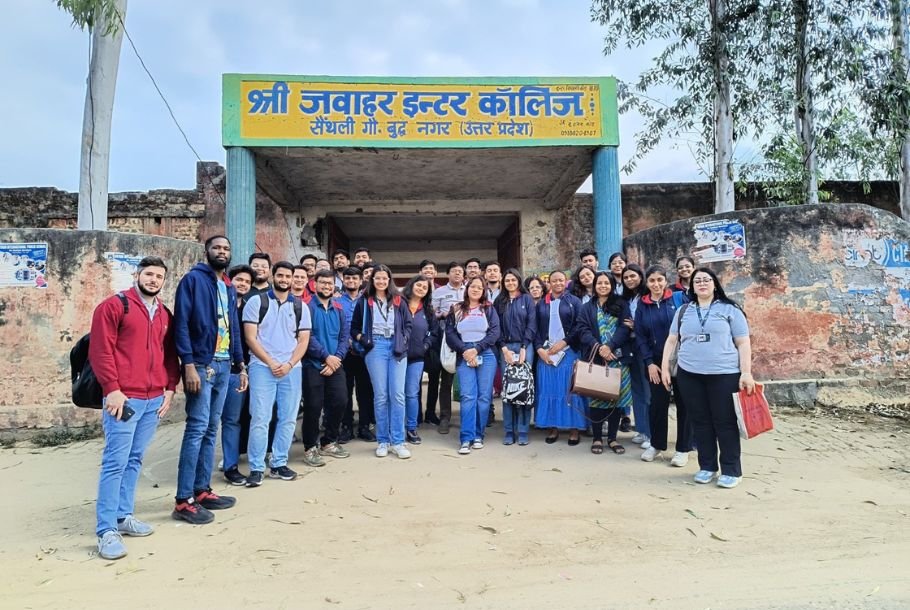
Outside the Classroom: The Silent Burdens
When the bell rings and students step outside the classroom, their struggles don’t end—they simply change form. In single or nuclear families, many young people return to empty homes, where silence replaces conversation. They may have a hundred “friends” on social media, but as one student once told me, “Sir, jab main bimar padta hoon, koi bhi darwaze par dastak nahi deta”—when I fall sick, not a single person comes to check on me. It is the paradox of our times: hai bheed mein phir bhi akele hain—surrounded by crowds, yet profoundly alone.
This loneliness is compounded by societal and parental expectations to ace competitive exams or secure high-paying jobs. The digital world, instead of soothing, amplifies pressure—every scroll is a reminder of someone doing better, looking happier, or living a life more “successful.” For students from less privileged backgrounds, the burden is heavier still, as financial insecurity forces them to juggle studies with survival. And layered on all of this are the lingering aftershocks of the pandemic: disrupted social bonds, isolation, and screen fatigue.
Together, these invisible burdens—family pressures, digital stress, financial strain, and the erosion of community—form a silent undertow, pulling students into cycles of anxiety that no exam score can reveal.
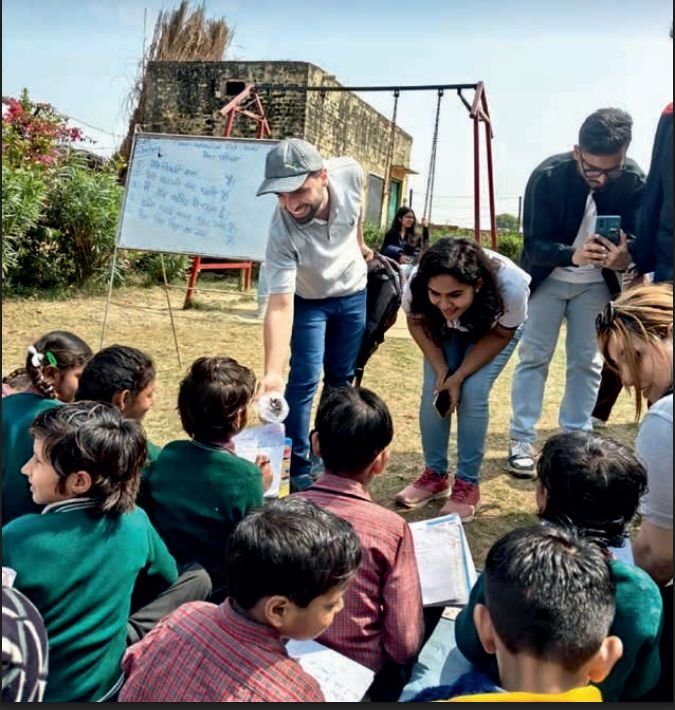
The CSR Education Conundrum: Breadth Without Depth
When India became the first country in the world to mandate CSR through the Companies Act of 2013, there was widespread hope that business would become a true partner in nation-building. And in numbers alone, the response has been impressive—nearly ₹30,000 crores are spent every year under CSR, with about a third of it directed toward education. On the surface, this appears transformative.
Yet the reality is sobering. Reports like the Annual Status of Education Report (ASER) show that even after eight years of schooling, more than half of rural children can read or count only at a second-grade level. The paradox is clear: while money is flowing, outcomes remain stagnant.
Why does this happen? Because education, like water, only boils beyond a threshold. At roughly ₹10,000 per child per year, the typical CSR contribution in education barely keeps the pot warm. By contrast, Kendriya Vidyalayas—long considered the gold standard in affordable schooling—spend nearly ₹60,000 per student annually, and the results are striking.
Their graduates consistently outperform peers in employability and social mobility, proving that adequate investment produces not just students, but citizens.
As Satish Jha argues in BusinessWorld, the deeper problem is fragmentation. CSR funding is scattered across too many small projects, often chasing visibility rather than impact. Companies proudly report millions of “lives touched,” but without sustained depth, these impacts risk being statistical mirages—grand in number, shallow in effect. The promise of CSR in education is real, but without focus and threshold investment, it will remain a patchwork quilt rather than a catalyst for transformation.
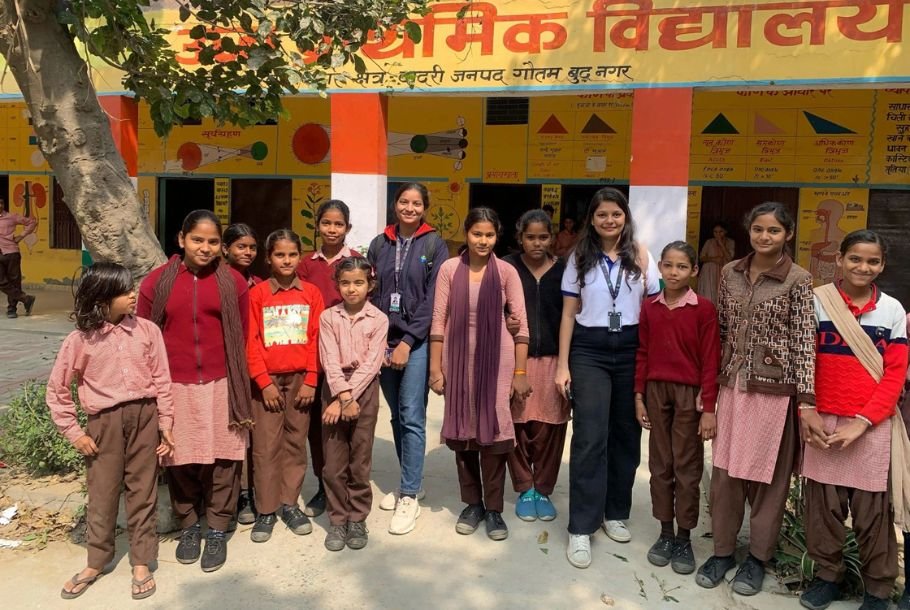
Mental Health: The Missing Link in CSR Education
If India’s CSR in education has taught us anything, it is this: what gets measured gets funded. Building classrooms, distributing tablets, or awarding scholarships all lend themselves to neat numbers—“100 classrooms built,” “50,000 devices distributed,” “10,000 students supported.” These are tangible, countable, and look good in glossy reports.
Mental health, on the other hand, resists such easy arithmetic. How do you measure a student’s regained confidence, a child’s relief from crippling anxiety, or the quiet courage to speak up in class after months of silence? These outcomes are profound, but they do not fit into the tidy boxes of CSR dashboards. And because they cannot be easily scaled, compared, or trumpeted in public announcements, mental health slips into the background—acknowledged as important, but rarely prioritized.
Yet the irony is stark: without mental well-being, even the most ambitious education initiatives fail to achieve their purpose. A scholarship cannot motivate a student battling depression; a digital device cannot help a child crippled by anxiety log in to learn; a new classroom is meaningless if students sitting inside it feel alienated and afraid.
Like quality education itself, mental health requires threshold investment—sustained counselling services, sensitization of teachers and parents, safe spaces within institutions, and peer-support systems. One-off workshops or awareness drives are not enough. If CSR in education is to move from symbolic charity to systemic transformation, it must mainstream mental health as a non-negotiable core—even if it does not lend itself to instant metrics or headline-friendly announcements.
How CSR Can Transform Student Mental Health
The National Education Policy (NEP) 2020 already recognizes that education is not just about knowledge acquisition—it is about holistic development, including emotional and psychological well-being. On paper, the vision is clear. But in reality, most schools and colleges still lack even the basic scaffolding to support a student in distress. The policy is there; the champions are missing.
This is where CSR can make a decisive difference—not by treating mental health as a standalone “project,” but by embedding it into every education initiative. If a company funds digital classrooms, can it also ensure that those classrooms have counsellors who help students navigate stress? If scholarships are awarded, can part of that investment go toward mentorship and resilience-building, so students not only stay in school but also thrive? If an NGO partner runs a school program, can student clubs be nurtured where young people talk freely about anxiety, friendships, and dreams?
Mental health need not be reported in terms of clinical numbers—it can be seen in the smiling faces of students who show up regularly, in reduced absenteeism, in greater participation in class, and in alumni who walk into the world more confident and resilient. These are outcomes that can be captured, if not in statistics, then in stories. And sometimes, stories are more powerful than data.
For CSR leaders, the task is not to create a separate mental health silo, but to weave well-being into the fabric of education projects. When that happens, mental health is no longer an afterthought—it becomes the quiet strength that makes every other investment worthwhile.
From Fragmented CSR to Focused Transformation
By 2030, India has pledged to achieve the Sustainable Development Goals, with the promise to “leave no one behind.” Yet what about those who are not the last, but simply lost in the crowd—the student who sits quietly in class, unnoticed, or the young person with hundreds of social media friends but no one to call when they are unwell? Their stories rarely make it to CSR reports or government dashboards, but they define the true state of education.
This is where CSR can play a role far beyond numbers. Instead of scattering funds across fragmented projects, imagine if a portion of the ₹10,000 crore spent on education each year were used to build ecosystems of care—where family, friends, peers, and counsellors come together to ensure no student is invisible. Such an approach would not only improve academic performance but also nurture a generation resilient enough to face automation, climate change, and global competition.
We already know what focused investment can achieve. The Kendriya Vidyalayas demonstrate that at ₹60,000 per student annually, education can be genuinely transformative. Why not apply the same principle to mental health and well-being—embedding it into every CSR-funded classroom, scholarship, or digital program? The real impact will not be in glossy numbers but in smiling faces, reduced dropouts, and students who feel they belong.
Conclusion: A Classroom Where Every Student Thrives
The future of India will not be written only in boardrooms or policy documents, but in the classrooms and corridors where millions of young hearts quietly wrestle with hope and fear. A truly successful education system is not one where every child scores the same, but one where every child feels safe, supported, and free to be themselves.
As Gulzar reminds us:
“आइना देख कर तसल्ली हुई,
हम को इस घर में जानता है कोई।”
(“Looking into the mirror, I felt reassured — there is someone in this house who knows me.”)
For a student, that simple reassurance—that someone sees them, knows them, and listens—can be life-changing. Behind every smile may lie hidden struggles, behind every silence unspoken dreams. If we pause to talk, share, and listen, we begin to understand these delicate nuances of student life: the loneliness in a crowd, the pressure behind a smile, the aspirations tucked away in silence.
If CSR can move beyond counting outputs and embrace this human dimension, it can help create a Viksit Bharat where well-being is not an afterthought but the very foundation of learning. A nation where we are at peace with ourselves, happy from the inside, and prosperous on the outside. For in the end, healthy minds build healthy nations—and CSR, if directed with wisdom and empathy, can be the catalyst that lights this path.
